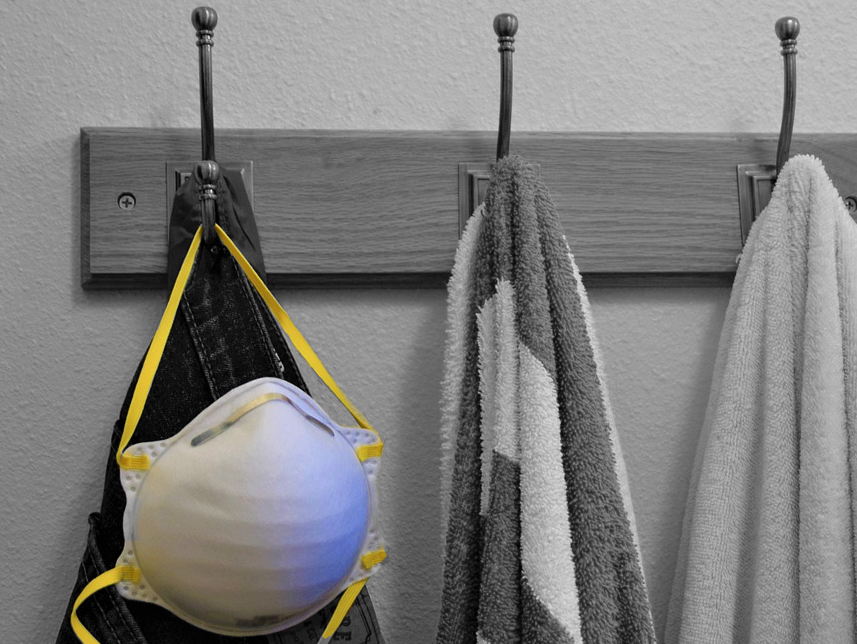The current worldwide outbreak of the respiratory disease COVID-19 has led to shortages of protective face masks in many countries. The currently safest widely available masks are called N95 masks in the United States, FFP2 masks in the European Union, and KN95 respirators in China. These masks have a pore size of about 300 nm. They filter out about 85 % of particles that are the same size as the SARS-CoV-2 virus, which causes COVID-19. Improved filtration could, thus, be useful in preventing the spread of COVID-19. In addition, the masks are designed for single use, which worsens the shortages. Making them reusable could help with this problem.
Muhammad Mustafa Hussain, King Abdullah University of Science and Technology (KAUST), Thuwal Saudi Arabia, and University of California, Berkeley, USA, and colleagues have developed a nanoporous membrane that can be attached to an N95-type mask and replaced after every use. The team first prepared a silicon-based template from a silicon wafer by coating it with an SiO2 layer, which was then patterned using electron-beam lithography and etching. The pattern the team used was a grid of squares with a size of 90 nm by 90 nm. Through these square holes in the SiO2 layer, the silicon wafer was etched with potassium hydroxide. The resulting silicon template was coated with a sputtered layer of copper to make it mechanically stronger.
The template was then used to prepare a nanoporous hydrophobic polymer membrane. The team created a 10-μm-thick polyimide (PI) film on an Si substrate by spin-coating. The template was placed on the PI layer and its square-hole pattern was transferred to the polymer using plasma etching. The template was removed and the resulting flexible polymer membrane was peeled off the Si substrate.
The pores in the polymer membrane have sizes down to 5 nm. The pore size can be tuned by changing the etching time. According to the team, calculations of the airflow rate through the membrane indicate that it should be breathable when used in a mask. The polymer the researchers used is hydrophobic, which could induce a self-cleaning effect. The membrane can be applied to N95 or equivalent masks to improve their filtering efficiency. The filter can be exchanged for safer reuse of the masks.
- Flexible Nanoporous Template for the Design and Development of Reusable Anti-COVID-19 Hydrophobic Face Masks,
Nazek El-Atab, Nadeem Qaiser, Huda Badghaish, Sohail F. Shaikh, Muhammad Mustafa Hussain,
ACS Nano 2020.
https://doi.org/10.1021/acsnano.0c03976
Also of Interest
- Collection: SARS-CoV-2 Virus
What we know about the new coronavirus and COVID-19 - LitCovid
Curated literature hub for tracking up-to-date scientific information about COVID-19 - Many publishers and other entities have signed a joint statement to ensure that COVID-19 research findings and data are shared rapidly and openly




